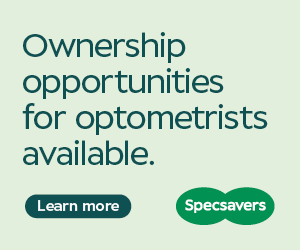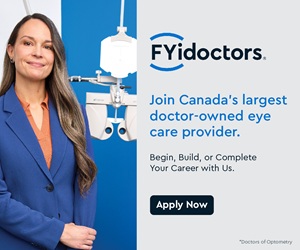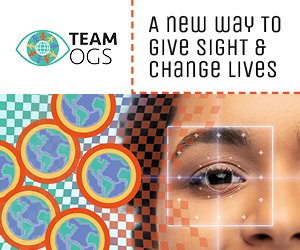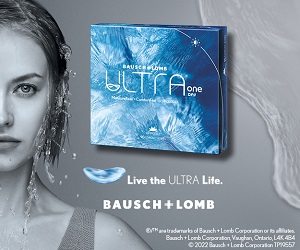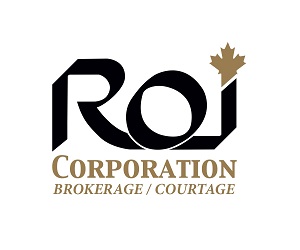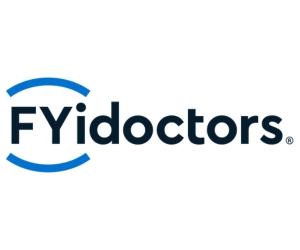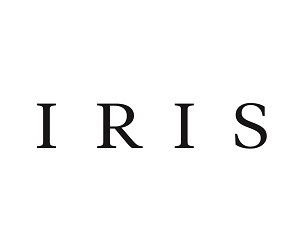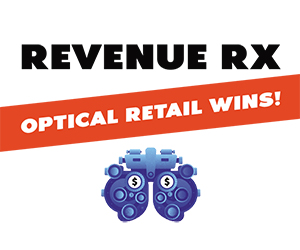
New data sheds light on patient interest in dual wear—and missed opportunities in practice.
A recent survey commissioned by the Contact Lens Institute reveals a critical disconnect in the delivery of care: despite being strong candidates for both glasses and contact lenses, most patients are rarely encouraged to consider both. This dual-wear approach—alternating between frames and lenses based on lifestyle and context—may be the key to higher patient satisfaction and practice growth.
The findings come from a survey of 2,004 adults who use vision correction. Participants were grouped into exclusive glasses wearers, exclusive contact lens wearers, and those who use both—so-called dual wearers. The results highlight knowledge gaps, outdated perceptions, and untapped potential for ECPs to better meet the diverse needs of modern patients.
Glasses, Lenses—or Why Not Both?
Exclusive glasses wearers still dominate the field, with 1,416 in the survey versus just 115 exclusive contact lens wearers. But a notable 473 individuals reported using both, indicating that dual wear is far more common—and desirable—than many practitioners may realize.
Interestingly, 75% of all patients said that contact lenses weren’t even mentioned at their last eye exam. Of the remaining 25%, most had to initiate the conversation themselves. Only 5% were offered a trial pair.
This matters, because patients are curious. Nearly one in five glasses wearers said they were “very interested” in trying lenses, and many cited a free trial set, better awareness of options, and discounts as incentives to consider both.
Barriers—Real and Perceived
When asked why they avoided contact lenses, glasses-only wearers cited concerns like safety (58%), comfort (46%), and fears about touching their eyes (46%). These lingering perceptions suggest that many patients remain unaware of the technological advancements that have improved comfort, ease of use, and lens customization over the years.
Conversely, contact lens wearers who didn’t wear glasses saw them as providing inferior vision (70%) or causing undesirable thick lenses. Some feared that switching between corrections could harm their eyesight—a misconception that calls for more proactive education.
Lifestyle-Driven Choices
Dual wearers, those who already embrace both modalities, offer a window into modern visual lifestyles. Their habits are dictated less by vision needs and more by situational preference. For instance, glasses were favoured when working from home or flying. Contact lenses, on the other hand, were preferred for workdays, physical activity, social outings, and even dating.
Dual wearers also reported a high degree of satisfaction. They described being able to “feel their best” (84%), match their vision correction to how their eyes felt each day (82%), and even pair their correction with their mood (60%). This illustrates how today’s patients view eyewear and lenses as part of a larger self-expression toolkit—not just a medical device.
Where ECPs Can Do More
Most patients continue to purchase their devices from their ECPs, suggesting a strong foundation of trust. However, this trust is undermined if patients don’t hear about all their options.
Too often, practitioners wait for the patient to ask about contact lenses or glasses. Meanwhile, patients assume that if something isn’t mentioned, they must not be a candidate.
Closing this communication gap is essential. Whether it’s offering an in-office trial pair of lenses, explaining that prescriptions can be used across modalities, or simply bringing up the subject, initiating the conversation makes a measurable difference.
Freedom to Choose
Dual wear isn’t just a fashion statement or a matter of convenience, it’s a patient-centered strategy that aligns with modern lifestyles. For ECPs, it also represents a missed opportunity if overlooked.
Today’s patients want options, control, and personalization. By embracing a mindset that encourages both glasses and contact lenses where appropriate, practitioners can boost satisfaction, improve outcomes, and strengthen loyalty.
Glasses and contact lenses aren’t in competition. When paired effectively, they’re the perfect team.
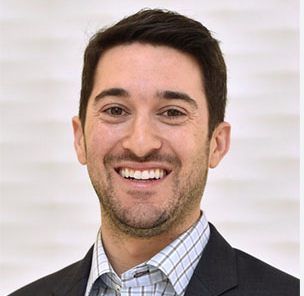
Dr. Mark Shaeffer, OD, FAAO
An optometrist by profession, educator by passion. Leveraging my training and expertise, I thrive on bridging the gap between healthcare and patient well-being. Whether it’s engaging in one-on-one consultations or addressing a room full of peers, my aim is to enhance eye care at every opportunity. Fortunate to be supported by an outstanding team and remarkable partners, I contribute to delivering innovative care in examination rooms, conference halls, boardrooms, and beyond.




